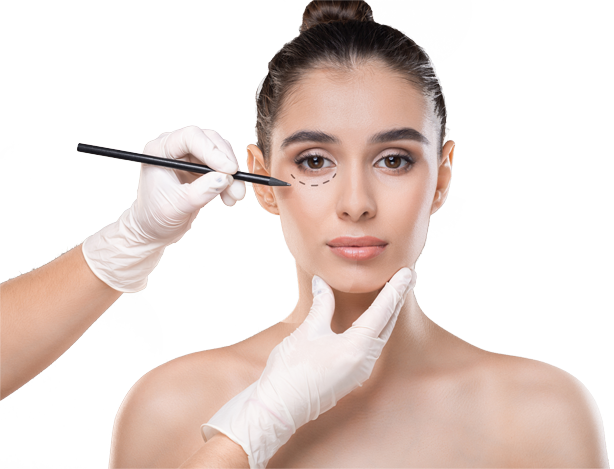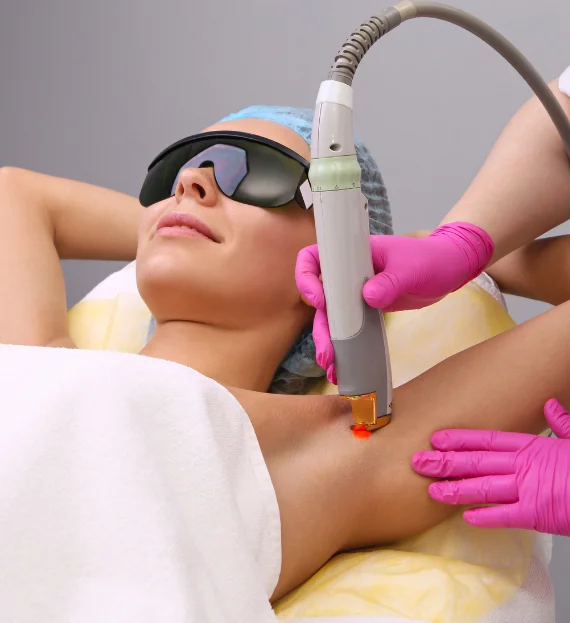Ingrown hair
Most Popular Procedures
Ingrown hair is a condition where the hair curls back or grows sideways into the skin, causing redness, inflammation, and sometimes even infection. Ingrown hairs are most common in areas where hair is frequently removed, such as the face, neck, armpits, legs, and pubic area.
Some common causes of ingrown hairs include:
- Curly or coarse hair: Curly hair is more prone to becoming ingrown due to the natural curl pattern of the hair.
- Hair removal methods: Shaving, waxing, and other methods of hair removal can cause hair to become ingrown if the hair follicle is damaged or the hair is cut too short.
- Tight clothing: Wearing tight clothing can cause friction against the skin, which can cause hairs to become trapped and grow inwards.
- Skin conditions: Skin conditions such as acne or keratosis pilaris can cause the hair follicle to become blocked, leading to ingrown hairs.
Ingrown hair
Multiple Treatment Options
To prevent ingrown hairs, it’s important to avoid pulling hair too tightly when removing it and to exfoliate regularly to remove dead skin cells that can clog hair follicles. Using a sharp razor and shaving in the direction of hair growth can also help prevent ingrown hairs. If you do get ingrown hair, avoid picking or squeezing it, as this can cause infection and scarring. Instead, try applying a warm compress or using an over-the-counter topical treatment to help reduce inflammation and promote healing. If the ingrown hair becomes infected, see a healthcare provider for treatment.
Faq
Frequently Asked Questions
A: Ingrown hairs are usually not dangerous, but they can be uncomfortable and unsightly. If left untreated, they can become infected and lead to more serious skin problems.
A: To prevent ingrown hairs, it's important to avoid pulling hair too tightly when removing it and to exfoliate regularly to remove dead skin cells that can clog hair follicles. Using a sharp razor and shaving in the direction of hair growth can also help prevent ingrown hairs.
A: To treat ingrown hair, avoid picking or squeezing it, as this can cause infection and scarring. Instead, try applying a warm compress or using an over-the-counter topical treatment to help reduce inflammation and promote healing. If the ingrown hair becomes infected, see a healthcare provider for treatment.
A: Some hair removal methods, such as laser hair removal or electrolysis, can permanently remove hair and reduce the likelihood of ingrown hairs. However, these methods can be expensive and may require multiple treatments.
A: If the ingrown hair is causing pain, redness, or signs of infection, such as pus or fever, see a healthcare provider for treatment. Additionally, if you have a history of frequent or severe ingrown hairs, a healthcare provider can help you develop a treatment plan to prevent future occurrences.
A: Some home remedies for ingrown hairs include applying a warm compress, using a topical treatment containing salicylic acid or benzoyl peroxide, and gently exfoliating the affected area. However, it's important to use caution when using home remedies and to avoid irritating or damaging the skin.






